5 common roof pest infestations and what to do about them – plus, pro tips on preventing their unwanted return
Don't let pest problems reach new heights by paying attention to these key signs
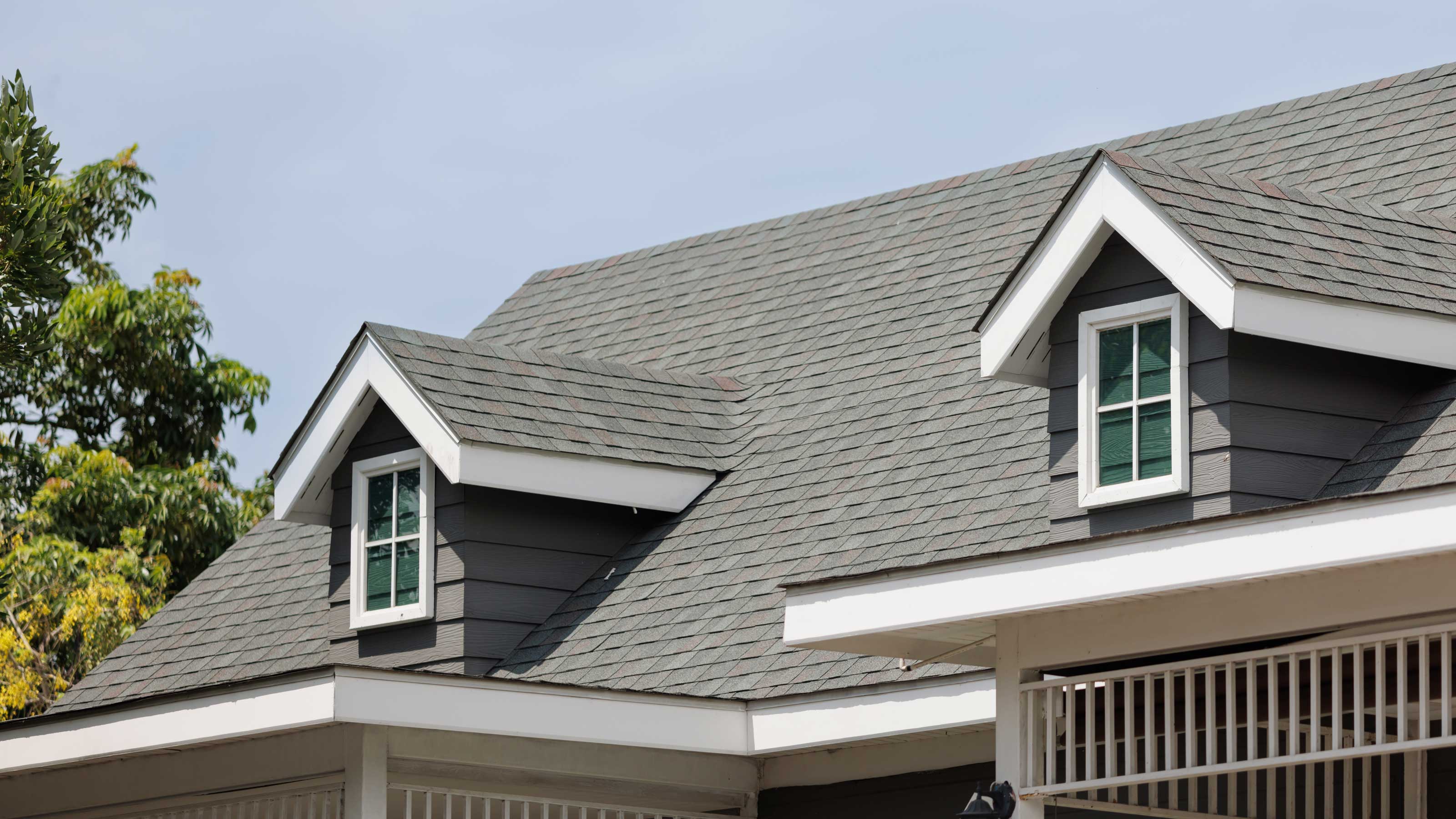

Picture it: you're laying in bed, winding down for the night when you hear it – a dastardly scratching coming from above. Odds are, you have pests in your roof.
No one wants to deal with this scenario, but there are some surprisingly common roof pest infestations that can plague your home, and not understanding them can cause further dread, or even panic.
Luckily, pest control experts have a firm grip on the identifying pests and the most common roof intruders, how to spot them and get rid of them safely to give you a bit of peace of mind as you head up the attic ladder.
5 common roof pest infestations
Being able to identify the type of pest that's made your roof its home will go a long way in clearing them out properly and preventing them from reappearing in the future.
1. Bats
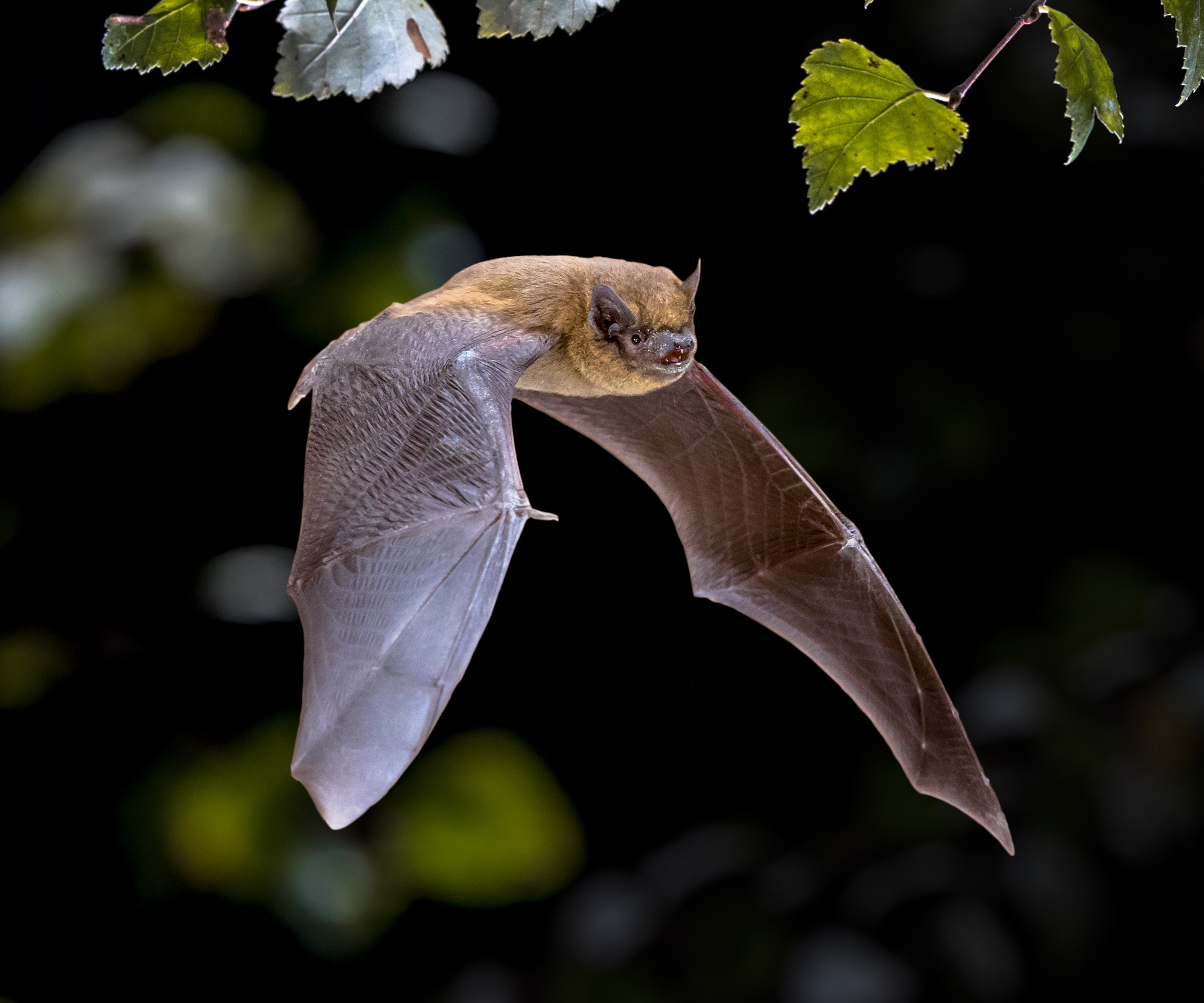
Sean Greenhow, CEO and pest control expert at GreenHow Pest Control begins, ‘In the Northeast in particular, one of the most common roof pests are bats. They use openings that exist at the roofline – they do not normally chew or damage the roof elements like the soffit and the fascia, and can fit through a gap as small as a quarter.
'There are plenty of those size openings around the roofline, especially around trim boards such as rake trim, soffit, facia, and gutter boxes. Newer homes that have roofline architectural elements like dormers, which have additional trim that returns to the roof line at an angle, can present even more entry opportunities for bats, which are usually looking for food and shelter.’
Sean adds that bats are some of the more dangerous pests to have in your home from a health perspective. ‘Bats can also have a heavy concentration of droppings, located under roosts, but have the additional risk of carrying rabies. Their bite can be so fine that a victim may not realize they have been bitten until they contract rabies. When exposed to a bat, always assume you are at risk for rabies exposure as well.’
Getting rid of them is essential to ensure your attic is safe and that your household doesn't run the risk of being infected with rabies, and other dangerous diseases bats can carry.
- Signs of bats in your roof: Sean explains that the most common sign of bats in your roof is the heavy concentration of droppings and urine. ‘In severe, long-term infestations, the liquid from urine at the soffit may create stains visible from the outside.’ They are nocturnal, so you are unlikely to hear them as you would other types of pests.’
- How to get rid of bats in your roof: Getting rid of bats is a complicated process, as many are protected by laws. To get rid of bats in the attic, Sean suggests that your best option is to carefully open up sections of the roof to allow the bats to leave of their own accord, removing anything that attracts bats into your backyard, such as food and water sources, to discourage them from your property. In severe cases, it can be worth consulting a pest control expert for their advice on dealing with bats safely and lawfully.
2. Squirrels
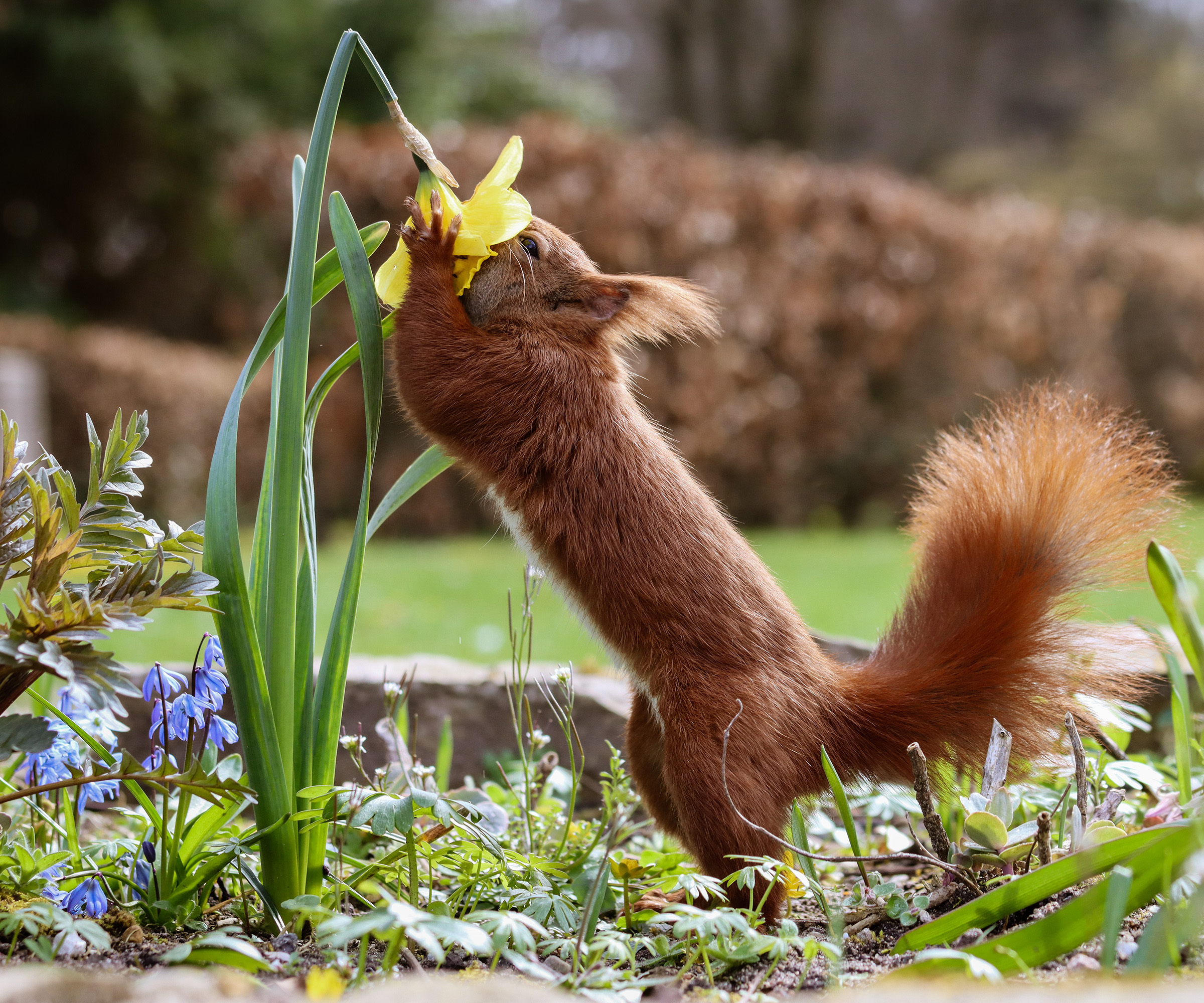
The next most common pets you might find in your attic are squirrels – especially if you do not squirrel-proof a home. Tommy Giardino, senior VP of operations at Arrow Exterminators says, ‘Both gray and flying squirrels are known to seek shelter in attics, exterior walls, and even between floors using insulation as nesting material.
'In addition to the damage their chewing and nesting can cause, squirrels can be carriers of fleas and other unwanted organisms that can infest the entire home once brought inside.’
- Signs of squirrels in your roof: Tommy says, ‘These pests can get into your home through any hole a quarter-inch wide or larger. Unusual noises in the attic, droppings found in pantries, along baseboards, or in attics are all signs that furry pests may have moved in.’
- How to get rid of squirrels in your roof: To get rid of squirrels, Tommy recommends, ‘Homeowners can set humane traps from Walmart for these types of pests and set them free a few miles away from the home. To ensure that an infestation won’t return, it is recommended that one seals all existing holes in the roof. To safely and effectively treat a squirrel infestation, contact a professional,’ he adds. Learning how to keep squirrels away from bird feeders will also discourage these critters from approaching your home.
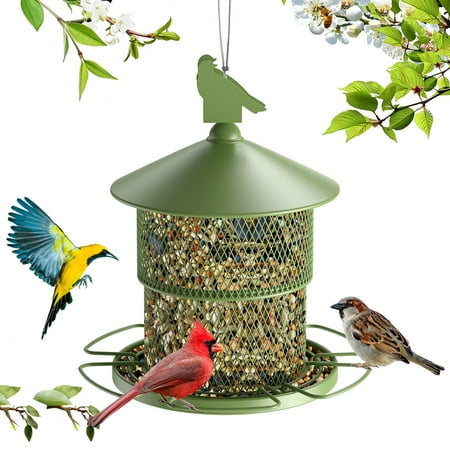
Getting rid of food sources is one of the greatest ways to deter pests and stop them entering your home. A squirrel proof bird feeder is a simple swap that can save you a lot of headaches.
3. Racoons
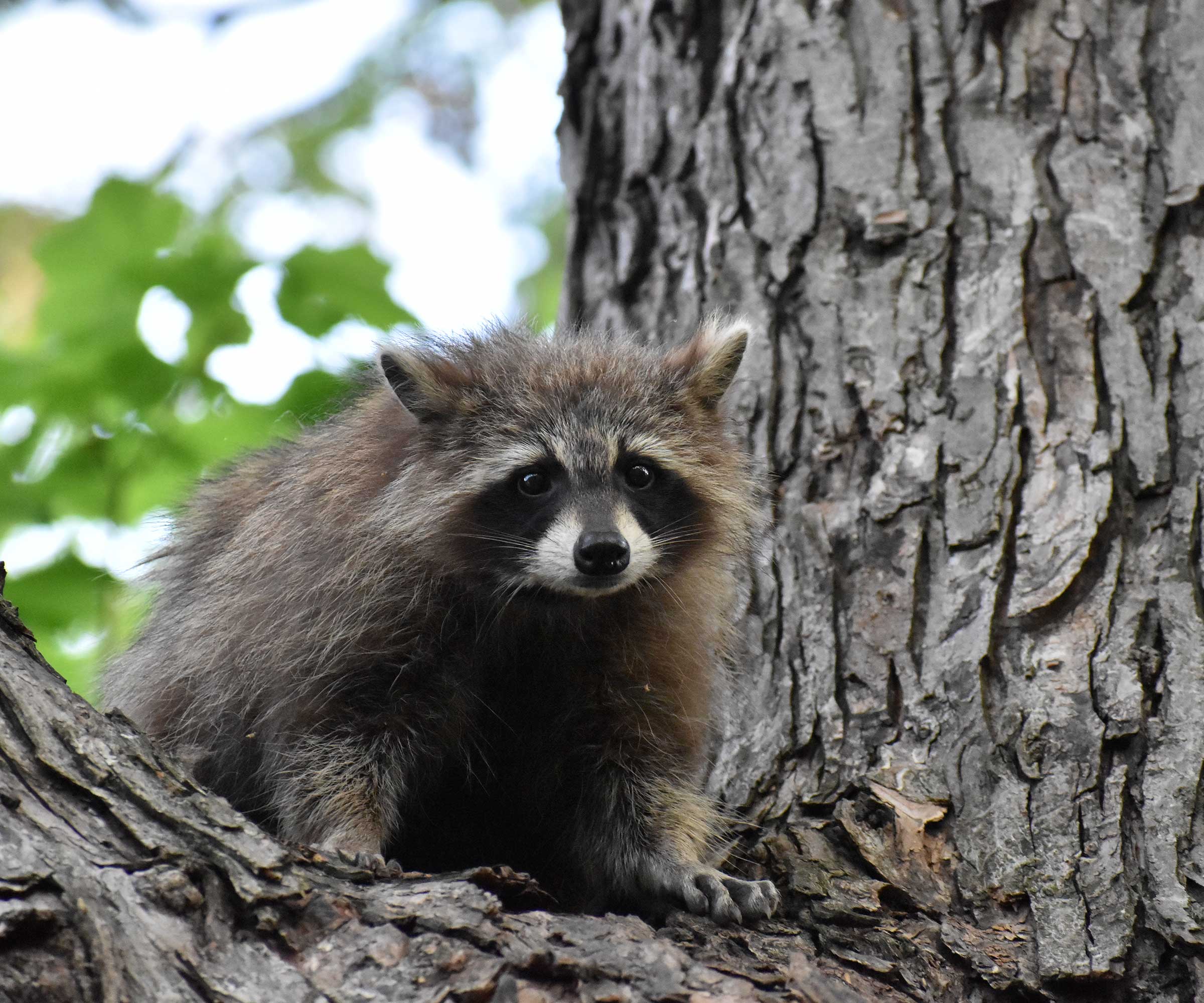
Getting rid of raccoons is another common roof concern for homeowners, says Meg Pearson, training manager at Critter Control.
She says, ‘One of the most common roof pests that people may not always think of first is the raccoon. As their habitats are destroyed and they become displaced, many raccoons have realized the benefits of living in your home and are eager to get inside: the roof is one of the best ways for them to get in.
'Although they are small in size, they are much stronger than one might expect and can easily tear up shingles, soffits, and vents on your roof to gain access to your home. Once inside, they can cause much more damage to your property from within.’
- Signs of raccoons in your roof: Meg warns that ‘It can be hard to detect raccoon activity, as they are nocturnal and are most active at dusk and dawn, rather than during the brightest daylight hours. If you hear a quiet skittering noise, along with scratching and thumping coming from above you very well may have a raccoon on the roof, trying to work its way inside.’
- How to get rid of raccoons in your roof: While it is best to prevent raccoons from entering your roof in the first place, using outdoor security lights to deter animals and removing sources of food, Meg says a professional pest removal service can help to remove unwanted visitors.
‘If a raccoon does make it inside your home, the best thing to do is enlist the help of a trained wildlife removal professional, who can conduct a humane removal of the critter without anyone in the home being put in danger. Homeowners can also trim tree branches near their roof to prevent raccoons from accessing it,’ she adds. ‘It also helps to keep them from initially getting interested in what your home has to offer them by keeping all outdoor trash bins sealed tightly, so they cannot gain access to them.’

This large outdoor storage uit is perfect for keeping trash bins concealed. Not only does it make your yard look better, but it can deter pests from approaching your property in search of scraps.
4. Rats
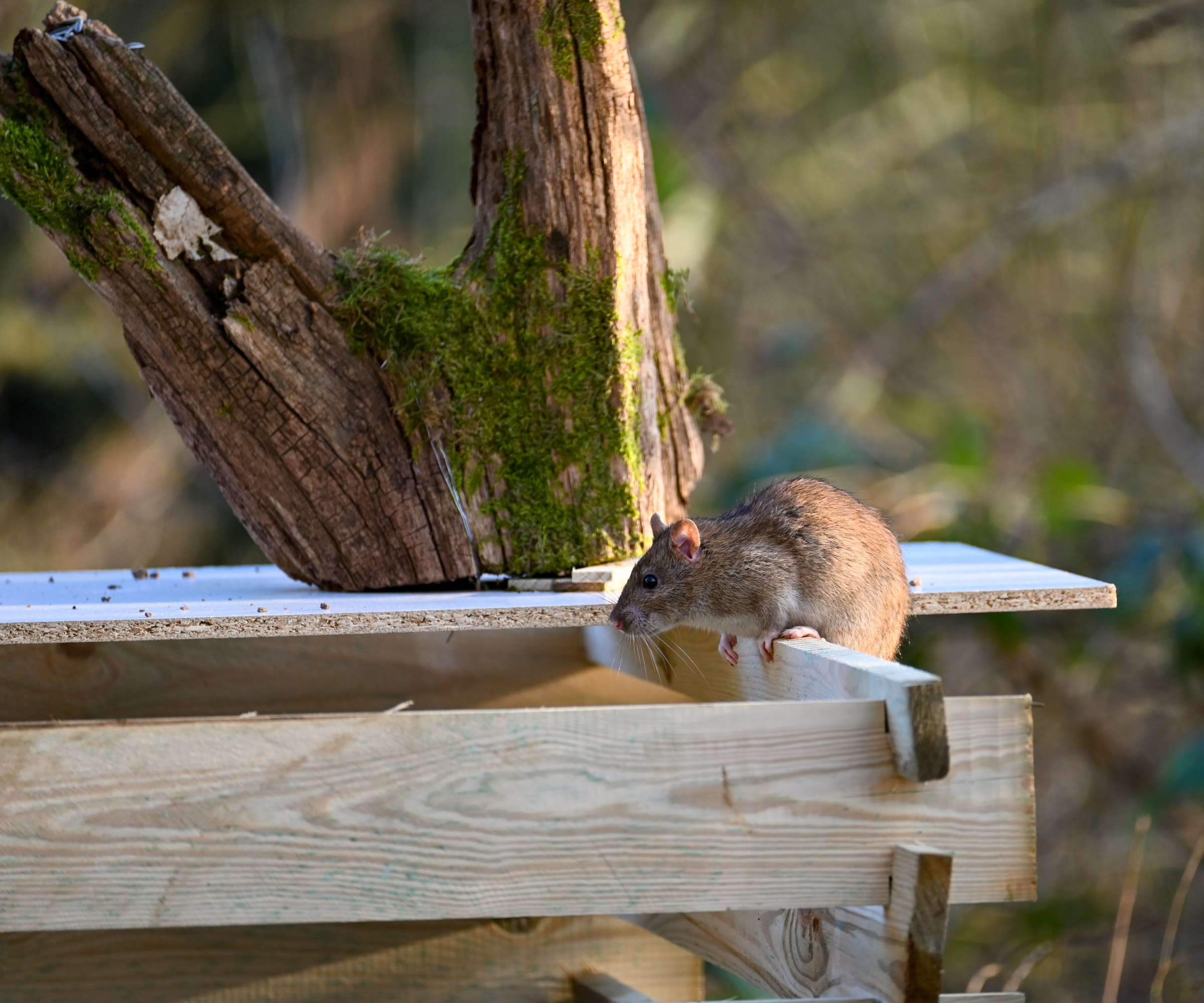
We probably don’t like to think about them, but roof rats are another common home invader.
Tommy Giardino, pest expert, says ‘Roof rats were not even found in many southern states 20 years ago, but they are now one of the most frequent home invaders. Typically tree dwellers, roof rats look for high places to nest inside structures, including soffits and attics, to survive the winter. Like all rodents, they reproduce very quickly, making them nearly impossible to control without the help of a professional.’
- Signs of rats in your roof: Rats in your roof present many of the same signs as raccoons and squirrels, with droppings, scratching sounds, and bad odors being the top hints of infestation. With rats, you will also notice chew marks in attic insulation, boxes, wood, and cables where they make their nests, increasing the likelihood of electrical fires, making getting rid of rats essential to protect your property’s structural integrity, says Faith Rock of Alta Pest Control.
- How to get rid of rats in your roof: Getting rid of rodents in the attic largely comes down to the safe use of traps, Faith says. ‘If pests are already present, professional removal is often the safest and most effective route. At Alta Pest Control, we focus on humane methods for animals like squirrels, raccoons, opossums, rats, and mice, ensuring they’re safely guided out and excluded from returning. For rodents, we use bait stations [available at Walmart] and traps strategically placed around the home’s exterior. For ongoing protection, quarterly pest control treatments are an excellent investment. Not only do they keep pests away, but they also save homeowners from the extensive damage and costs that pests can cause over time.’
Many of these points crossover with their cousins, mice, too. Learn how to get rid of mice in the attic in more details in our dedicated guide.
5. Insects
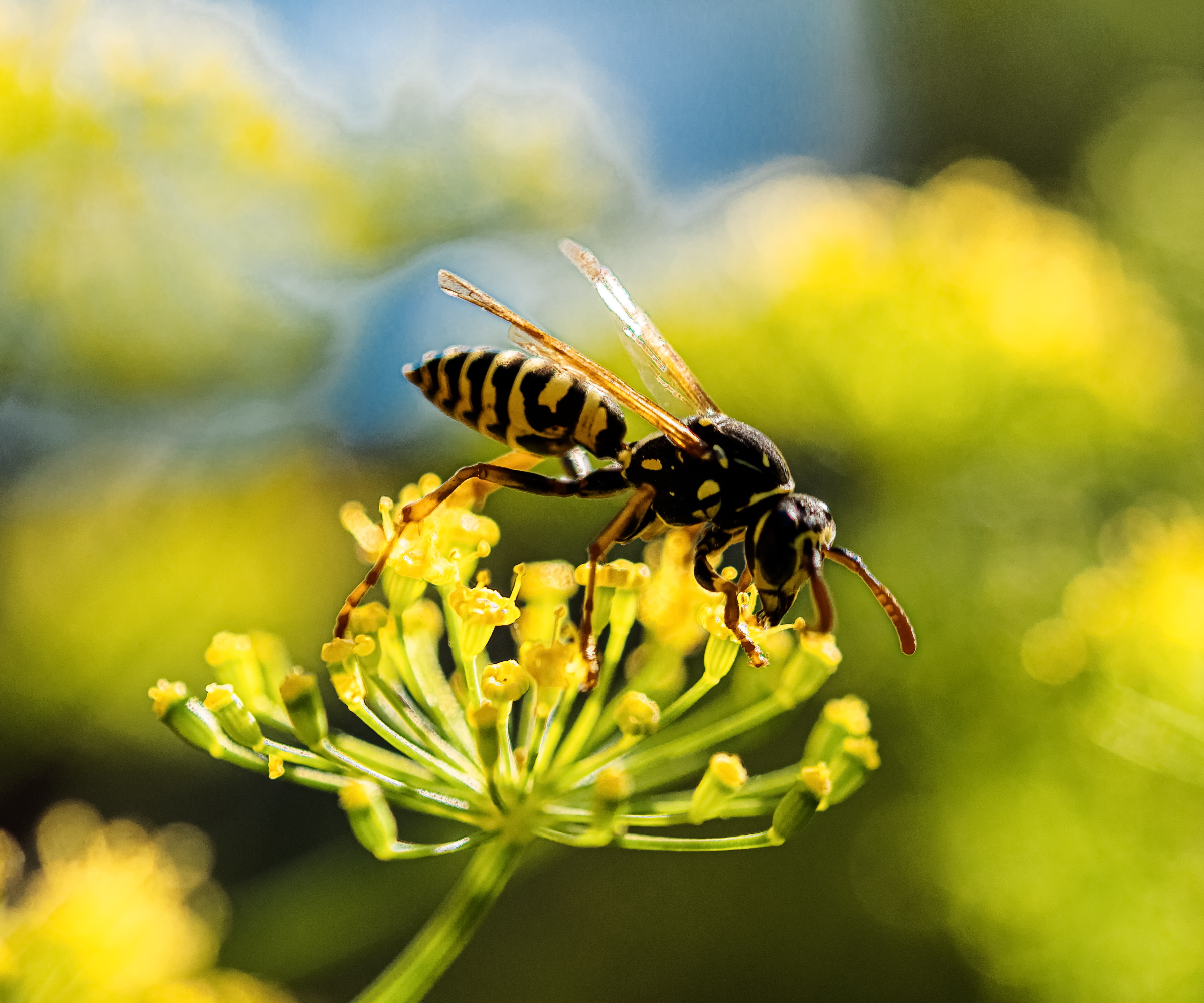
Faith Rock, pest expert, continues, ‘insects like wasps and carpenter ants add to the chaos – wasps by building nests in eaves and carpenter ants by weakening wooden structures softened by moisture.’
- Signs of insects in your roof: Insects can be much harder to spot than other types of roof pests, Faith warns, especially as many of the ways insects are entering your home are nearly indistinguishable to our eyes. She says, ‘Insects leave debris such as sawdust (from carpenter ants) or visible nests.’ Otherwise, you may have to be on the close lookout for dead insects on floors, or very faint buzzing sounds.
- How to get rid of insects in your roof: Getting rid of indoor pests like insects is difficult without proper training. Leaving just a few critters behind can lead to a re-infestation. That is why Faith suggests calling in the experts.
‘Insect infestations, such as wasps and ants, can be tackled with natural pest control methods such as environmentally friendly sprays [such as Ecovenger, available at Walmart, which can be administered by the homeowner] and nest removal, although this can be difficult, or even dangerous depending on the type of bug.’
A common pest control mistake is waiting for pests to bother you before you take action. Preventing a pest infestation is a lot easier than getting rid of one.
Tommy Giardino, pest control expert, suggests, ‘Sealing all exterior cracks and holes, including along the roofline, around the chimney, and areas where utilities and pipes enter the home. Use plastic boxes and containers with seal-tight lids for storage, keep them off the floor, and organize items to prevent wildlife from residing in undisturbed areas of the house, garage, basement, and attic, and use a thick plastic or metal garbage can with a tight lid – and always keep it sealed.’
Next, learn about the most common winter pest infestations to watch out for.
Sign up to the Homes & Gardens newsletter
Design expertise in your inbox – from inspiring decorating ideas and beautiful celebrity homes to practical gardening advice and shopping round-ups.

Chiana has been at Homes & Gardens for two years and is our resident 'queen' of non-toxic living. She spends most of her time producing content for the Solved section of the website, helping readers get the most out of their homes through clever decluttering, cleaning, and tidying tips. She was named one of Fixr's top home improvement journalists in 2024.
-
 Where can you buy Benjamin Moore paint? Here's all you need to know about browsing and shopping this much-loved brand
Where can you buy Benjamin Moore paint? Here's all you need to know about browsing and shopping this much-loved brandLooking to buy Benjamin Moore paint? These are the best ways to get your hands on this iconic paint brand
By Emily Moorman
-
 I tried the Pomodoro Technique to blast through my spring cleaning to-do list – now I'll always rely on it to banish procrastination
I tried the Pomodoro Technique to blast through my spring cleaning to-do list – now I'll always rely on it to banish procrastination25 minutes is more than enough to make a real difference
By Ottilie Blackhall
-
 I'm a board-certified entomologist and this is the one rodent infestation control mistake I urge you to avoid at all costs – you'll regret it deeply
I'm a board-certified entomologist and this is the one rodent infestation control mistake I urge you to avoid at all costs – you'll regret it deeplyDon't put your health or home at risk
By Daniel Baldwin
-
 5 non-toxic mothball swaps that work – ditch chemicals and that horrible odor with these simple but effective alternatives
5 non-toxic mothball swaps that work – ditch chemicals and that horrible odor with these simple but effective alternativesThey'll protect your clothing and closets from moths without harsh chemicals
By Chiana Dickson
-
 5 non-toxic pest control essentials proven to prevent pests humanely – and why avoiding harsh chemicals is a must to keep your family healthy
5 non-toxic pest control essentials proven to prevent pests humanely – and why avoiding harsh chemicals is a must to keep your family healthyNatural pest repellents are more affordable, too
By Chiana Dickson
-
 6 hidden places pests love to harbor their young – pest control experts reveal how to stop colony growth in your home
6 hidden places pests love to harbor their young – pest control experts reveal how to stop colony growth in your homeYou can stop pests breeding in your home
By Andy van Terheyden
-
 How to keep stink bugs out of the house – according to entomologists
How to keep stink bugs out of the house – according to entomologistsSeal gaps, reduce plants, and use deterrents, pest experts recommend
By Ottilie Blackhall
-
 How to get rid of pill bugs inside your house and banish them for good
How to get rid of pill bugs inside your house and banish them for goodThough harmless, you won't want a pill bug infestation inside, entomologists warn
By Ottilie Blackhall
-
 How to get rid of mice in the attic – banish these pesky invaders for good with these top tips from pest control pros
How to get rid of mice in the attic – banish these pesky invaders for good with these top tips from pest control prosFrom what draws them in to how to get them out – experts reveal everything you need to know about dealing with mice in the attic
By Andy van Terheyden
-
 Does vinegar kill ants? Pest control pros reveal relying on this pantry staple is a big mistake
Does vinegar kill ants? Pest control pros reveal relying on this pantry staple is a big mistakeVinegar could cause a bigger pest problem
By Chiana Dickson